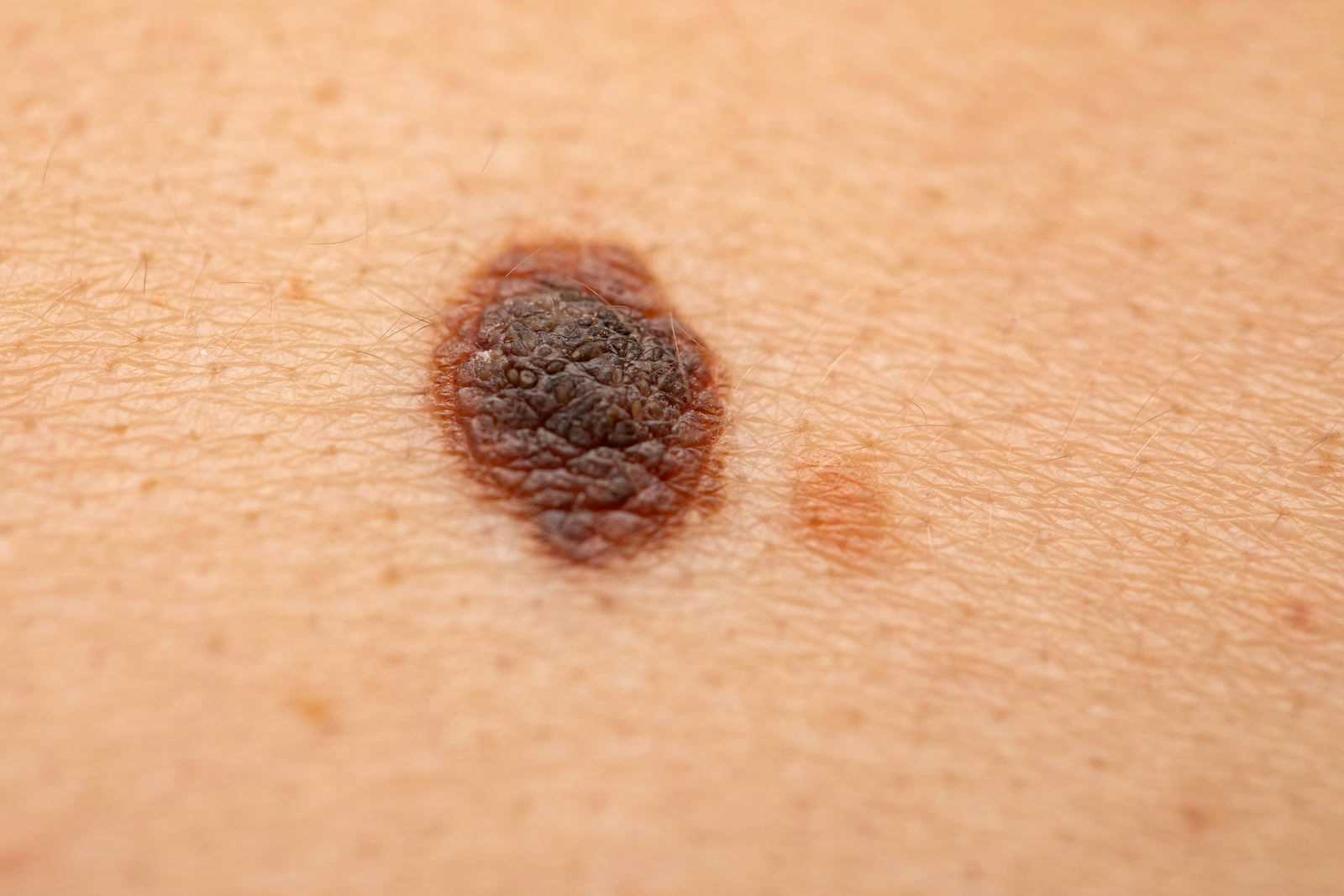
Scientists have recognized a link between sun exposure and melanoma for at least a century (Cancer Epidemiology, June 2017). On the other hand, the relationship is not quite straightforward. Back in the late 20th century, researchers proposed an intermittent exposure hypothesis. The idea was that brief, periodic exposures to strong sunlight (perhaps resulting in sunburn) triggered the changes initiating melanoma. That idea has been replaced by a more complex understanding that individual genetic characteristics or even behaviors such as diet may play a role in the development of this potentially lethal skin cancer (Nutrition & Metabolism, May 21, 2019). No wonder some readers don’t understand this association. It becomes even more puzzling when we consider the data on vitamin D supplements.
Could Vitamin D Supplements Protect People from Melanoma?
Finnish researchers have found that people who take vitamin D supplements appear less likely to develop melanoma (Melanoma Research, Dec. 28, 2022). They recruited nearly 500 people at high risk for skin cancer and asked them about their use of vitamin D pills. Blood tests showed that serum levels of the vitamin corresponded to people’s reports of supplement use: never, occasional or regular.
Those who took vitamin D regularly were much less likely to have melanoma. Even occasional users seemed to have a slightly lower risk of this cancer. People in Finland can’t get vitamin D from sun exposure for about half the year, so supplement use may be especially helpful at such northern latitudes.
How Are Sun Exposure and Melanoma Connected?
Q. I have never understood why experts think sun exposure causes skin cancers. My husband never went out without a shirt (or more covering) on his body and never sunbathed. He probably didn’t spend more than two weeks total in his life at any beach or pool. In short, his shoulders and upper chest were never exposed to much sun light.
So why did he get a melanoma under his left clavicle? I just don’t get it.
A. Your husband’s experience is not unique. Other people have developed melanomas in sites that were not drenched in sun. However, researchers have affirmed that a substantial proportion of melanomas can be attributed to ultraviolet exposure (Journal of the European Academy of Dermatology and Venerealogy, Oct. 2018).
Watch Out for Sunburn:
It is always a good idea to avoid sunburn and excessive sun exposure. In people who are prone to sunburn, researchers have found a link between intense sun exposure and melanoma (European Journal of Cancer, March 2011). Regular, less intense exposure to the sun appears to be protective.
Medical Consensus Advisory
Risk factors that increase a person's chance of developing melanoma include a history of sunburn and excess exposure to ultra-violet radiation. People of any shade can develop melanoma, but those with fair skin and red or blond hair are especially susceptible. Individuals with many (50+) moles or particularly large moles and those with a family history of melanoma should see the dermatologist for check-ups regularly. Diminished immunity can also increase the risk.
Of course, people should cover up, as your husband did. Obviously, however, it wasn’t enough to prevent his melanoma.
Staying out of the sun at midday is also wise. People with many moles may need to be especially cautious (Cancer Treatment and Research, 2016). In addition, a regular appointment with the dermatologist for a full-body examination can help identify potential problems before they become serious.
Spotting Melanoma:
Dermatologists like to use the alphabet to alert people to moles that should get some medical attention.
- A – asymmetrical shape of a mole
- B – a border that is irregular, with curves or notches
- C – changes in color, especially if the mole has developed multiple colors
- D – diameter more than 1/4 inch
- E – evolving; basically, this means a mole or other growth that is changing.
If you have something on your skin that meets any of these criteria, make an appointment to have your doctor examine it soon.

